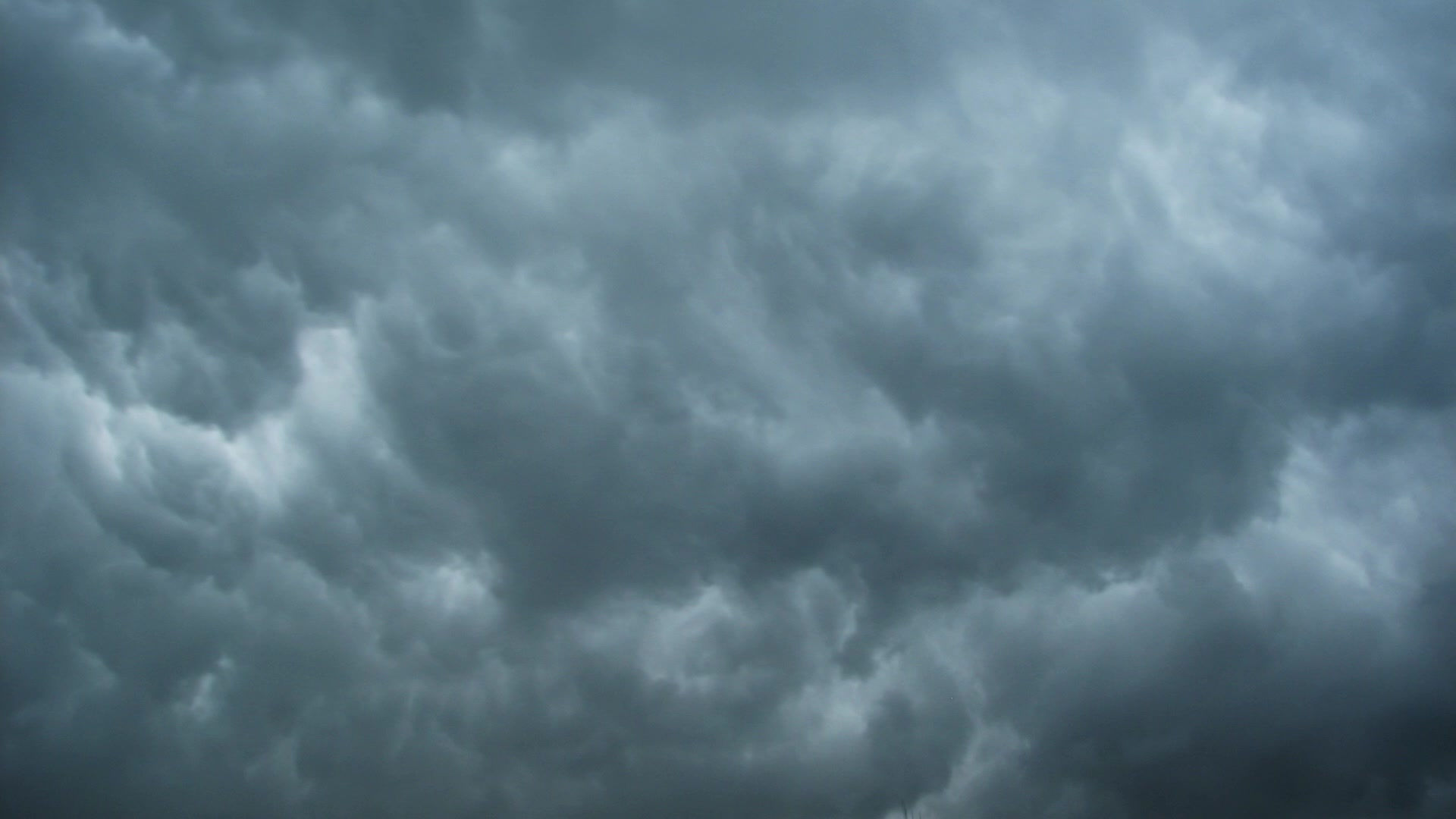

HISTORY
The pioneer winemaking industry of north-east Victoria followed the decline of gold mining in the late 1860's and was a response to this change of economic fortune. It made use of spare labour and under-utilised land in the area; and established an industry that grew rapidly delivering a prosperity demonstrated by the “Boom” architecture of Fairfield (1859- George Morris), Mt Prior (1860- TC Farmer > Alexander and Robert Caughey), All Saints (1864- GS Smith and J Banks), Olive Hills (1886- Hugh Fraser), Mount Ophir (1891- Eisman and Gleeson); and the establishment of the Rutherglen Viticultural College in 1897... until an equally rapid decline at the turn of the century, the result of a rampant phylloxera pest that ravaged the European sourced grape species.

MOUNT PRIOR
Thomas Charles Farmer purchased 120 acres for 120 pounds. He named the property Mount Prior and planted half an acre of vines in 1860. This was added to by planting a further 6 acres in 1862. The varieties planted were Riesling, Brown Muscat, Schuay, Aucarot and Verdot.
By July 1863 he had erected a weatherboard house of six rooms, out-buildings and a large cellar. The property had increased to 388 acres, with 45 acres leased for three years at 45 pounds per acre.
TC Farmer sold the property in February 1864 to Rae and Thorpe of The Star Hotel in Rutherglen. They planted a further 3.5 acres or vines, which produced ?,000 gallons of wine from the 10 acres. The partnership ended after the death of William Thorpe in December 1868 aged 44 years. ? Rae died in December 1873 aged 53 years. The property was sold from the estate in March 1874 to Alexander Caughey for 4 pounds an acre.
Alexander Caughey was a native of Belfast. He arrived in Victoria with his brother Robert, and cousins in 1853 and devoted his attention to commercial pursuits. In 1857 the partnership of Caughey and McCleary was started in Beechworth, with branches opened at Chiltern, Indigo and Rutherglen. With the decline of mining, Mr Caughey devoted himself to business in Melbourne. He had an interest in the Tahbilk vineyard and large premises on the Yarra River near the Princes Bridge.
In about 1881 he disposed of his Melbourne business and settled at Mount Prior with Robert. They developed the vineyard and increased it to 100 acres by 1885.
The Caughey family lived in the timber six-roomed house near the cellars before and during the construction of the present house, which was built in 1884-86. The builder was Mr Pennefather and the architect was Frederick Wyatt.
The magnificent double brick residence of about 40 squares is built on the highest point of the property, containing 19 rooms and a tower. The front of the house faces east, the same as “Olive Hills”. The drive to the house was lined with olive trees.
Robert Caughey retired from the partnership and moved to Gippsland leaving Alexander at Mount Prior. By 1899 the vineyard had been increased to 278 acres. This included the purchase of an adjoining property containing 53 acres of vines from Michael Ring.
The timber cellar was destroyed by fire in September 1895, with the still and steam engine being saved. A new brick cellar was built in 1896 with a storage capacity of 200,000 gallons of wine, both above and below ground. Also erected in brick near the cellars were substantial stables, men’s quarters, a blacksmith shop and cooperage. The old residence was occupied by the manager.
The brick cellars were also destroyed by fire on Monday 21 January 1907, leaving only the brick walls standing. The contents of between 60,000 to 70,000 gallons of wine were also destroyed. A sale of the salvage from the fire and a clearing sale of horses, farm and vineyard implements, engine and boiler, brought to a close the Gooramadda Vineyard Company in September 1907.
Following the death of Alexander Caughey in 1910, the property came under control of his son Henry then to Alexander, a son of Henry. It was sold to RJ Nesbitt Senior in March 1927. Mr Albert Nesbitt moved to Mount Prior in 1938 and remained in possession until he sold it to Dr Hugh Catchlove in 1974.
The present winery was built on the site of the second winery in 1981 using the existing stone walls. The brick and cement storage vats, built in 1896, have a holding capacity of 1,400 gallons each. They can be worked like a wooden vat. There is a slate slab in front of the tanks with a manhole cut out, and a wooden door is then drawn into this hole.
The vineyard on 109.6 acres, or 44.3 hectares, is made up of the following varieties: Sauvignon Blanc, Chenin Blanc, Shiraz, Durif, Malbec, Grenache, Cabernet Franc, Chardonnay and Traminer.
Dr Catchlove sold the property in 1986 to the Brisbane Brewing Company which fell into receivership some 18 months later. Jim Sawyer purchased the property in 1989 and leased the house.